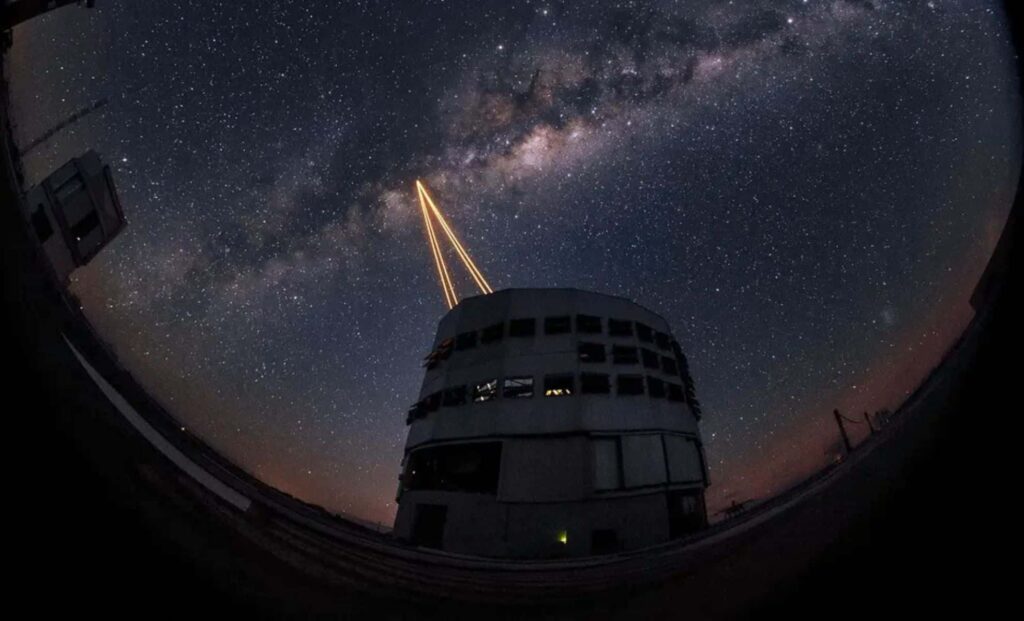Astronomers are raising concerns over a renewable hydrogen production project, INNA, proposed by AES Energy near Chile’s Paranal Observatory, home to the Very Large Telescope (VLT) and the upcoming Extremely Large Telescope (ELT). The $10 billion facility, which includes wind and solar farms, could raise light pollution levels by up to 10%, jeopardizing the observatory’s ability to conduct vital astronomical research due to the unique darkness of the Atacama Desert, known for its ideal stargazing conditions.
The project could produce light pollution equivalent to that of a small city, impacting the visibility needed for observing faint celestial objects. This is particularly worrisome as the ELT, set to be the world’s largest telescope, will advance our understanding of distant galaxies and exoplanets. The conflict highlights the tension between renewable energy initiatives and the preservation of critical scientific environments. Astronomers advocate for relocating the project to less sensitive areas and stricter regulations to protect the region’s night sky.
As the future of the observatory hangs in the balance, the situation emphasizes the need for careful planning to ensure advancements in sustainability do not compromise scientific endeavors. The environmental impact statement for the INNA initiative is currently under review, with the global astronomy community closely monitoring developments.
Source link


